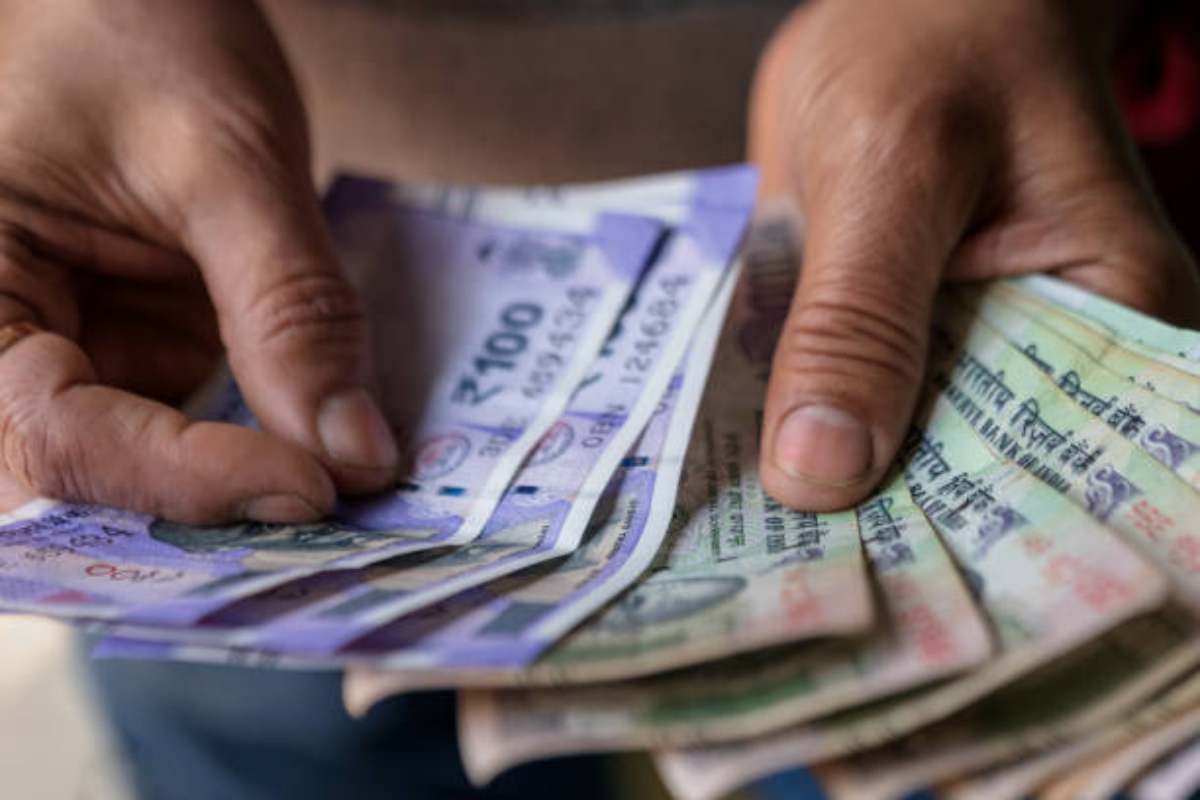In the heart of India’s hinterlands, a quiet crisis is unfolding, one that speaks volumes about the economic challenges gripping rural communities across the nation. The latest data from the Centre for Monitoring Indian Economy (CMIE) reveals a stark reality: shrinking real wages coupled with soaring inflation are pushing rural India into an abyss of financial distress. This distress is a tale of tangible hardship felt by millions of hardworking individuals striving to make ends meet.
The numbers paint a grim picture, with rural wages contracting in as many as 25 of the past 27 months, reaching a staggering 3.1 per cent decline in February alone. This erosion of purchasing power is exacerbated by a relentless inflationary spiral, where essential commodities become increasingly out of reach for rural households. From tur dal to onions, the rising prices of necessities are squeezing already tight budgets, leaving families grappling with impossible choices. But the repercussions extend far beyond the realm of household economics. The sluggish consumption trends, exemplified by stagnant tractor sales and dwindling purchases of two-wheelers, serve as a harbinger of deeper systemic issues. These trends not only reflect the economic woes of rural India but also signal a broader malaise in the country’s rural economy.
Advertisement
As tractors gather dust and motorcycles remain parked, the wheels of progress in rural communities grind to a halt, thwarting aspirations, and stifling growth. Furthermore, the disparity between rural and urban inflation rates underscores the unequal burden borne by rural populations. While urban areas may weather inflationary pressures with relative ease, rural communities find themselves disproportionately impacted, with limited resources to buffer against rising costs. This disparity is not merely a matter of economic statistics but a reflection of systemic inequities that perpetuate rural impoverishment. In this context, the observations of development economist Venkatesh Athreya ring particularly poignant.
Indirect taxes, he contends, play a significant role in fuelling inflation, exacerbating the plight of rural populations already struggling to make ends meet. It is a reminder that economic policies, though crafted with the best of intentions, can have unintended consequences that deepen rather than alleviate rural distress. Beyond the realm of data and statistics lies the human toll of this crisis. A recent survey lays bare the palpable anxiety pervading rural communities, with a staggering 71 per cent of respondents citing price rise as a top concern. For those living on the margins, already grappling with unemployment and economic uncertainty, inflation represents yet another obstacle on the path to a better life. In the face of such adversity, it is imperative that policymakers adopt a holistic approach to address the multifaceted challenges confronting rural India. This entails not only targeted interventions to alleviate immediate hardship, but also long-term strategies aimed at fostering sustainable economic growth and reducing systemic inequalities. Only then can rural India emerge from the shadows of economic distress and realise its full potential as the backbone of the nation’s prosperity
